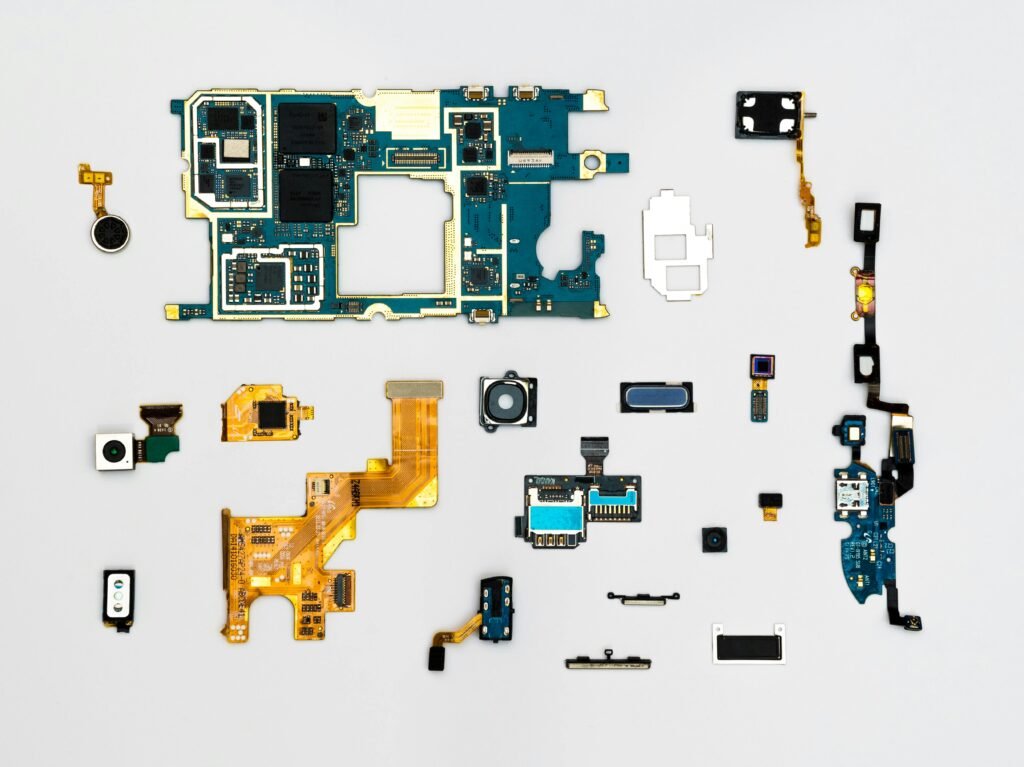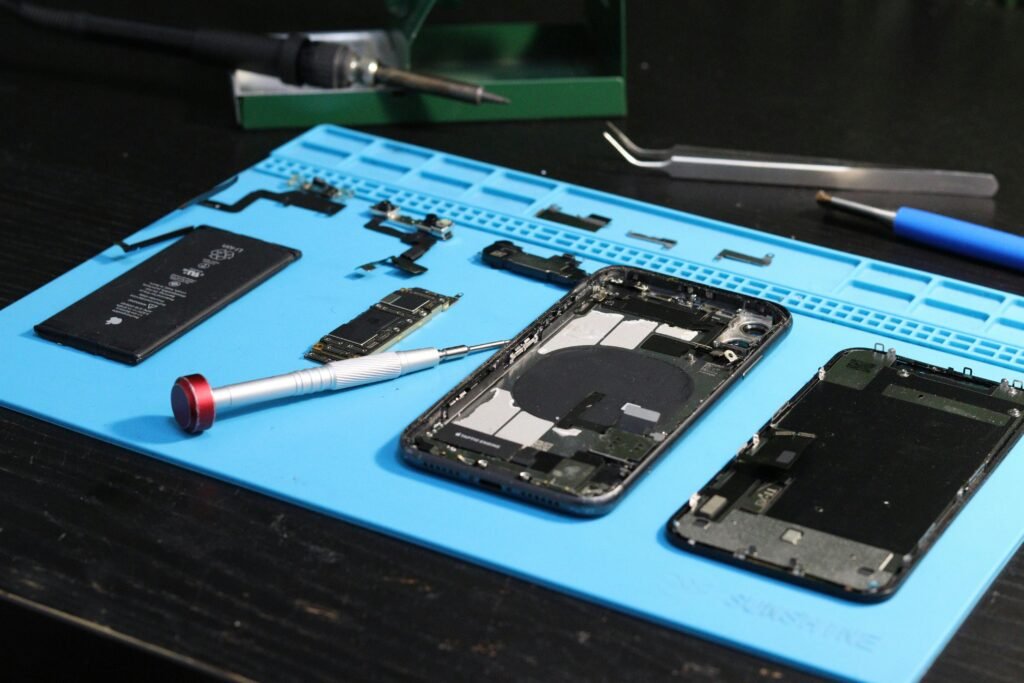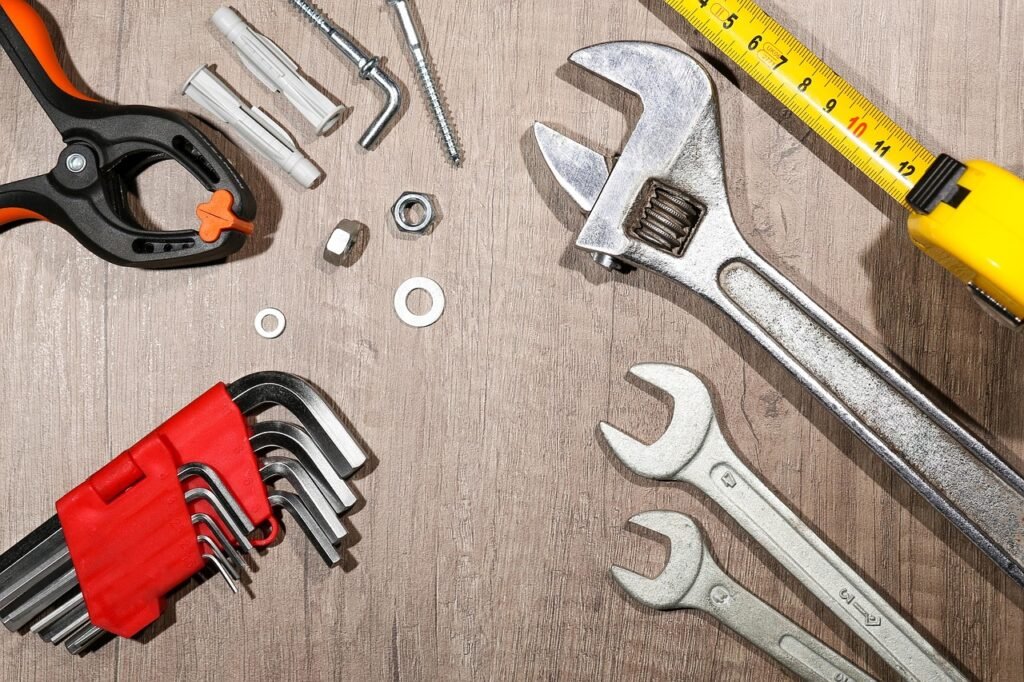
Your favourite sweater has a hole where the elbow wore thin. The lamp on your desk flickers, refusing to light. That old chair wobbles, one leg shorter than the rest. Instinct says toss them—buy new ones, move on. But what if you could fix them instead? A Repair Cafe makes it possible. These community hubs bring people together to mend broken things—clothes, gadgets, furniture, phones—for free. If there’s no Repair Cafe near you, why not start one? It’s a chance to breathe new life into your stuff, learn skills, and help the planet, all while sharing laughs with neighbours.
This blog explores how to start a Repair Cafe and why it matters. We will walk through what they are, how they save resources, and the simple steps to launch your own—anywhere from a garage to a park. If you are tired of throwing things away or want to spark something good in your community, come along. This is about fixing more than objects—it is about building connections and a greener world.
Why Repair Cafes Matter
Broken stuff piles up fast—torn shirts, cracked phone screens, wonky tables. Most of it ends up in landfills, where it sits for decades, leaking chemicals or piling onto mountains of waste. Globally, we throw away billions of kilograms of goods yearly—much of it fixable. Producing new items to replace them burns energy, chews through raw materials, and pumps carbon into the air. A single smartphone’s production emits about 80 kilograms of carbon; a new chair takes a forest’s worth of wood. Every toss adds to the planet’s load.
A Repair Cafe flips that cycle. By mending what’s broken, you keep things out of the trash and cut the need for new stuff. It saves money too—no need to buy a replacement when your old lamp glows again. Beyond that, it builds community. Strangers become friends as they share tools and know-how, stitching a seam or soldering a wire. A Repair Cafe is not just a fix-it spot—it’s a stand for less waste, more skills, and tighter bonds.
How Repair Cafes Work
A Repair Cafe is a pop-up event where volunteers fix broken items for free. People bring anything that is not working—clothes with rips, phones with dim screens, chairs with loose joints, even small appliances like toasters. Skilled helpers, often hobbyists or retirees, use shared tools to mend what they can. There is no charge, though some cafes accept donations to cover costs. The vibe is warm—think coffee, chatter, and the hum of a sewing machine.
They happen anywhere—a community hall, a garage, a park under a tent. Some meet monthly, others pop up once a season. The goal is simple: repair what is broken, teach others how, and keep things out of the dump. If no cafe exists nearby, you can start one. It is not about being a master mechanic—just a spark to bring fixers and broken things together. A Repair Cafe thrives on shared effort, not perfection.
What You Can Do to Start a Repair Cafe
Launching a Repair Cafe is easier than it sounds. You do not need a big budget or a fancy space—just a few steps to get rolling. Here’s how to make it happen:
Find a Space
Pick a spot where people can gather—anywhere works, from a garage to a library room or a park pavilion. Make sure it has tables, chairs, and enough light for detailed work. A community center might offer free space; a backyard can do in a pinch. Keep it accessible—stairs or far-off spots might turn folks away. Your Repair Cafe needs a home that feels open and easy to reach.
Gather Fixers
You need people who know how to mend—sewers for clothes, tinkerers for gadgets, woodworkers for furniture. Ask around: friends, neighbors, local hobby groups. Retirees often have a knack for repairs; younger folks might bring tech skills. You do not need experts—just folks willing to try. Invite them to share their tools—sewing kits, screwdrivers, glue guns—so no one has to buy new ones. A Repair Cafe runs on shared know-how.
Spread the Word
Let your community know what is coming. Post flyers at cafes, libraries, or online groups. Share a simple message: “Bring your broken stuff—let us fix it for free!” Mention what you can mend—clothes, phones, small furniture—to spark interest. Social media works fast; a quick post can pull in curious neighbors. Keep it friendly—your Repair Cafe is a place to connect, not just repair.
Set Up Tools and Flow
Collect basic tools—needles, thread, hammers, pliers, soldering kits. Borrow or share, no need to buy. On the day, set up stations: one table for sewing, another for electronics, a corner for furniture. Greet visitors, ask what is broken, and pair them with a fixer. Keep it light—offer tea or snacks to make it fun. A Repair Cafe feels like a gathering, not a chore.
Keep It Going
Plan your next event—monthly or quarterly works well. Listen to what people bring; if bikes keep showing up, add a bike repair station. Share tips—maybe a quick lesson on patching jeans. Build a crew of regulars who love to fix. Your Repair Cafe grows stronger each time, pulling in more hands and saving more stuff.
These steps fit any town, any space. Start small, and your cafe will grow with every fixed lamp or stitched shirt.

What Could Happen If You Start a Repair Cafe?
Picture this: your first Repair Cafe buzzes with life. A man beams as his torn jacket gets a new seam. A kid watches, wide-eyed, as a phone screen flickers back on. Someone hauls in a wobbly chair, and it leaves steady. Neighbours swap stories over coffee, tools clink, laughter spills. You have saved a pile of stuff from the landfill—maybe 50 kilograms of waste in one day. Multiply that by monthly events, and your cafe could keep a ton of trash out of dumps each year.
The wins stack up. One fixed phone skips the 80 kilograms of carbon a new one would cost. A mended chair saves trees and factory power. Studies show repair initiatives can cut local waste by 10-20% over time. Beyond numbers, skills spread—people learn to sew or solder, feeling handy instead of helpless. Friendships form; your Repair Cafe becomes a hub where folks feel at home. It is not just fixing things—it is sparking a green trend that ripples outward.
Challenges You Might Face
Starting a Repair Cafe is not all smooth sailing. Finding fixers takes effort—some folks are shy to volunteer. Space can be tricky; free spots might be booked or small. Tools cost money if borrowing falls short, and not every item can be saved—some phones or chairs are too far gone. People might hesitate to bring stuff, thinking it is not worth fixing. Doubt creeps in: “Can I really pull this off?”
There is a way around each hurdle. Post calls for volunteers online—someone always knows a sewer or tech whiz. Ask libraries or schools for free rooms; a park works in good weather. Share tools among fixers to skip buying. Be honest—tell visitors some things might not fix, but trying is free. Show them a mended lamp to build trust. Your effort, even small, plants a seed—others will join if you start.

What Impact Can a Repair Cafe Have?
A Repair Cafe does more than mend a few items—it shifts how we live. One event might fix 20 things, saving 50-100 kilograms of waste. Run it monthly, and that’s a ton or two yearly—enough to fill a small truck. Each repair cuts carbon: a fixed phone saves 80 kilograms; a patched jacket skips the 10 kilograms a new one takes to make. If 100 cafes start worldwide, they could save millions of kilograms of waste annually, easing landfills and factories.
It is not just about trash. Skills grow—someone who learns to sew might fix their kids’ clothes for years. Community tightens—neighbours who met at your cafe might swap tools later. Local shops notice; some start offering repair services too. Your Repair Cafe sparks a mindset: fix first, toss last. It’s a quiet revolution, one stitch or screw at a time, making your town greener and closer-knit.
Conclusion
Broken stuff does not belong in the trash—fix it instead. A Repair Cafe mends clothes, gadgets, phones, chairs, and more, all for free. No cafe nearby? Start your own in a garage, park, or hall. Use shared tools, find folks who sew or fix, and build a hub for skills and friendship. It is fun, saves cash, and cuts waste to help the planet. Start now—your Repair Cafe could spark a green trend that grows far beyond your street. Grab that torn sweater or wobbly chair, and let’s get fixing.
Frequently Asked Questions (FAQs)
Do I need to be good at fixing things to start a Repair Cafe?
No—you do not need to be a repair expert. A Repair Cafe runs on the skills of volunteers who know how to mend clothes, gadgets, or furniture. Your job is to bring those people together, find a space, and spread the word. If you enjoy organizing and care about reducing waste, you have what it takes. Ask friends or neighbors who sew or fix electronics to join—they bring the know-how, and you provide the spark. Everyone learns as the cafe grows, including you.
What if nobody shows up to my Repair Cafe?
It is normal to worry about a quiet start, but people love the idea of fixing things for free. To draw a crowd, share the news widely—put up flyers in local shops, post on community boards, or send a message to neighbors online. Mention specific items you can mend, like torn shirts or wobbly chairs, to grab attention. Offer snacks or music to make it fun. Even if only a few come at first, they will spread the word. Each Repair Cafe builds momentum—one fixed lamp can pull in ten more visitors next time.
How does a Repair Cafe help the planet?
Fixing things keeps them out of landfills, where they pile up and harm the environment. Every item you mend—a phone, a jacket, a table—cuts the need for new ones, which take energy and materials to make. For example, repairing one phone saves about 80 kilograms of carbon emissions, equal to a new phone’s production. A single cafe event might save 50 kilograms of waste. Over a year, your Repair Cafe could keep a ton of trash from dumps, easing pollution and helping the planet breathe a little easier.
Do share your thoughts by commenting below.






